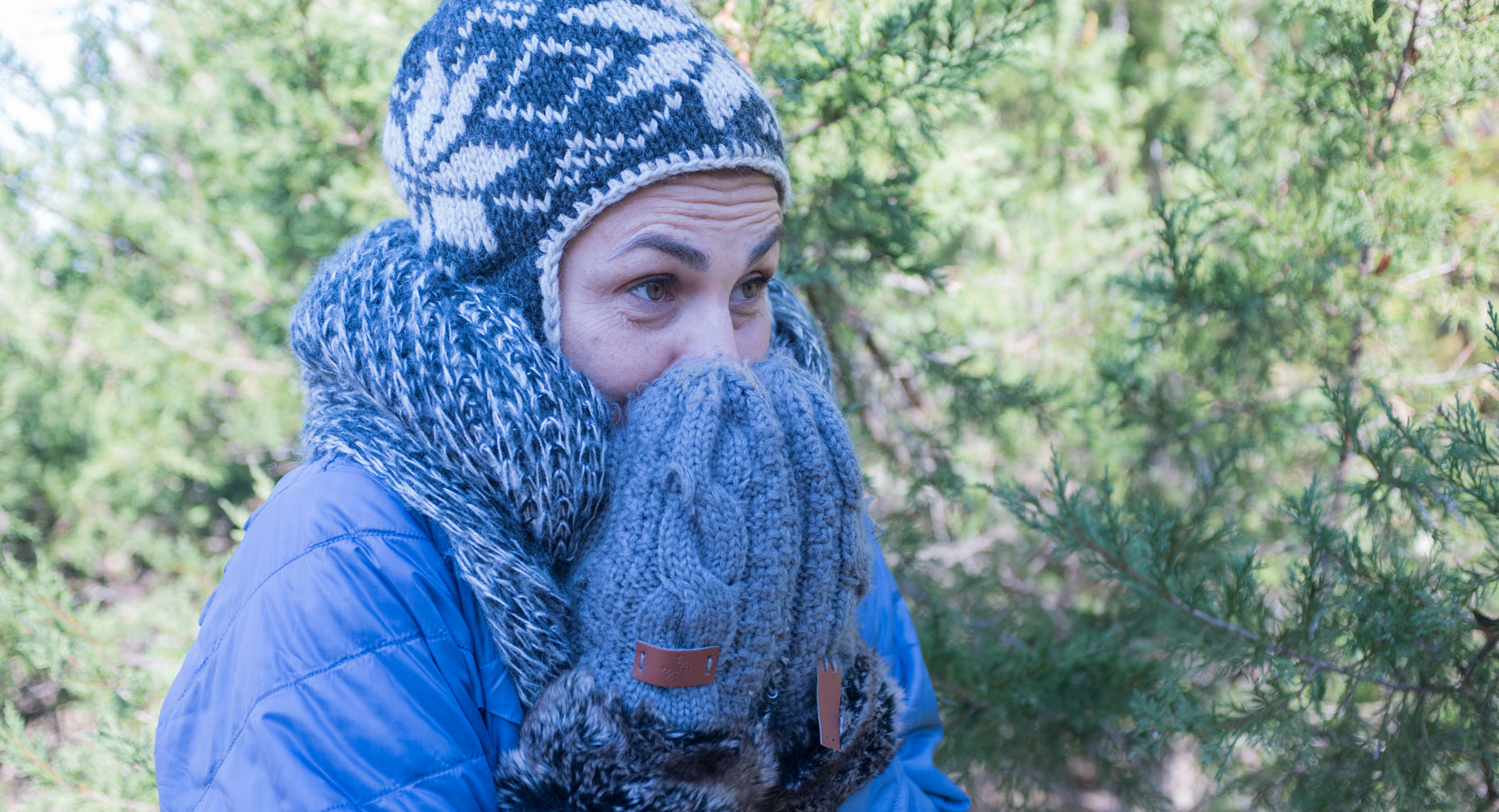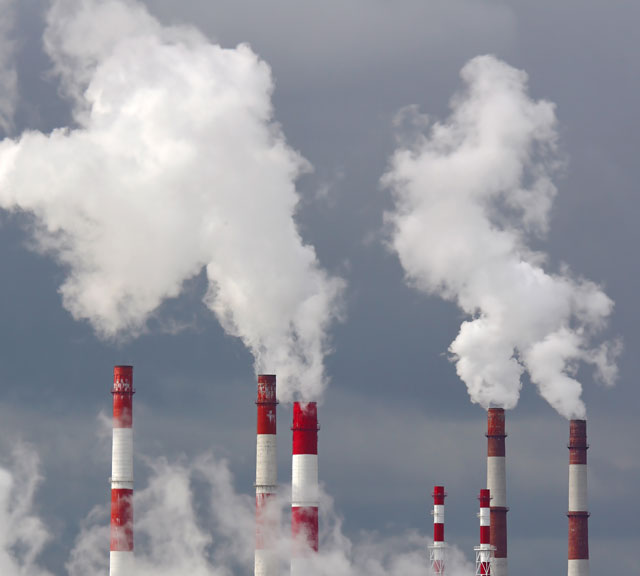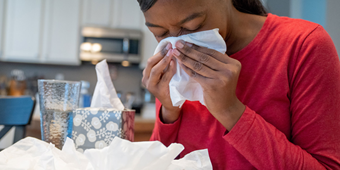Weather Forecast: What’s the Chance of Asthma Attacks?

Answer a few questions and we'll provide you with a list of primary care providers that best fit your needs.
Most of us find extreme temperatures – bone-chilling cold and sweltering heat – unpleasant. But if you have asthma, these extremes can be more than annoying. They can trigger an attack and make you struggle for breath.
Check forecasts and conditions before you go out.
Why? Here’s a quick explanation:
- Cold outdoor air is typically dry. Cold, dry air tends to irritate your airways if you have a lung disease such as asthma. It can trigger shortness of breath, wheezing and coughing.
- Hot outdoor air can inflame airways and worsen respiratory disorders, such as chronic obstructive pulmonary disease (COPD). And if you have asthma, your airways are already inflamed. Hot air can make this all the worse. And hot, humid air causes airways to constrict, making breathing more difficult. Air pollution, which is often greater in hot summer months, compounds the problem.
As with any asthma trigger, you can lessen the impact of temperature extremes by being prepared, following your asthma action plan and limiting your exposure.
The same goes for other triggers related to weather and seasonal changes. For instance, higher pollen counts that are common in spring and fall. And wind, which spreads pollen and mold.
How to Control Temperature-related Asthma Triggers
Try these strategies to limit the impact of extreme temperatures and other weather conditions on your asthma.
In all seasons:
 Keep track of weather and air quality levels that could trigger your asthma. Check forecasts and conditions before you go out.
Keep track of weather and air quality levels that could trigger your asthma. Check forecasts and conditions before you go out.- Control your asthma well at all times by taking your asthma medicines as prescribed. And always carry your prescribed quick-relief medication with you. That way you can take it as soon as symptoms begin.
- Exercise indoors when weather conditions could trigger an asthma attack. This applies on both cold and hot days. And if you have exercise-induced asthma, or exercise-induced bronchoconstriction (EIB), be aware that cold temperatures can make the condition worse, since cold, dry air irritates airways.
When it’s cold:
- Breathe through your nose. Your nose moistens and warms dry winter air as you breathe it in, reducing the irritation factor. Breathing through your mouth, on the other hand, brings in the cold air that can dry and irritate your airway, potentially leading to an asthma attack.
- Bundle up when you’re outdoors. Wear gloves, a scarf and hat, along with a well-insulated coat.
- Loosely wrap your scarf over your mouth and nose. This creates a pocket of warm, moist air for you to breathe in.
- Take your reliever medication 10 to 15 minutes before going out.
When it’s hot:
- Stay indoors as much as possible in air-conditioned rooms.
- Monitor air quality forecasts. You need to be aware of air pollution throughout the year, but it can be at especially high levels on hot summer days when the air is stagnant.
Answer a few questions and we'll provide you with a list of primary care providers that best fit your needs.
Source: American Academy of Allergy, Asthma and Immunology; American Lung Association; Asthma Society of Canada




